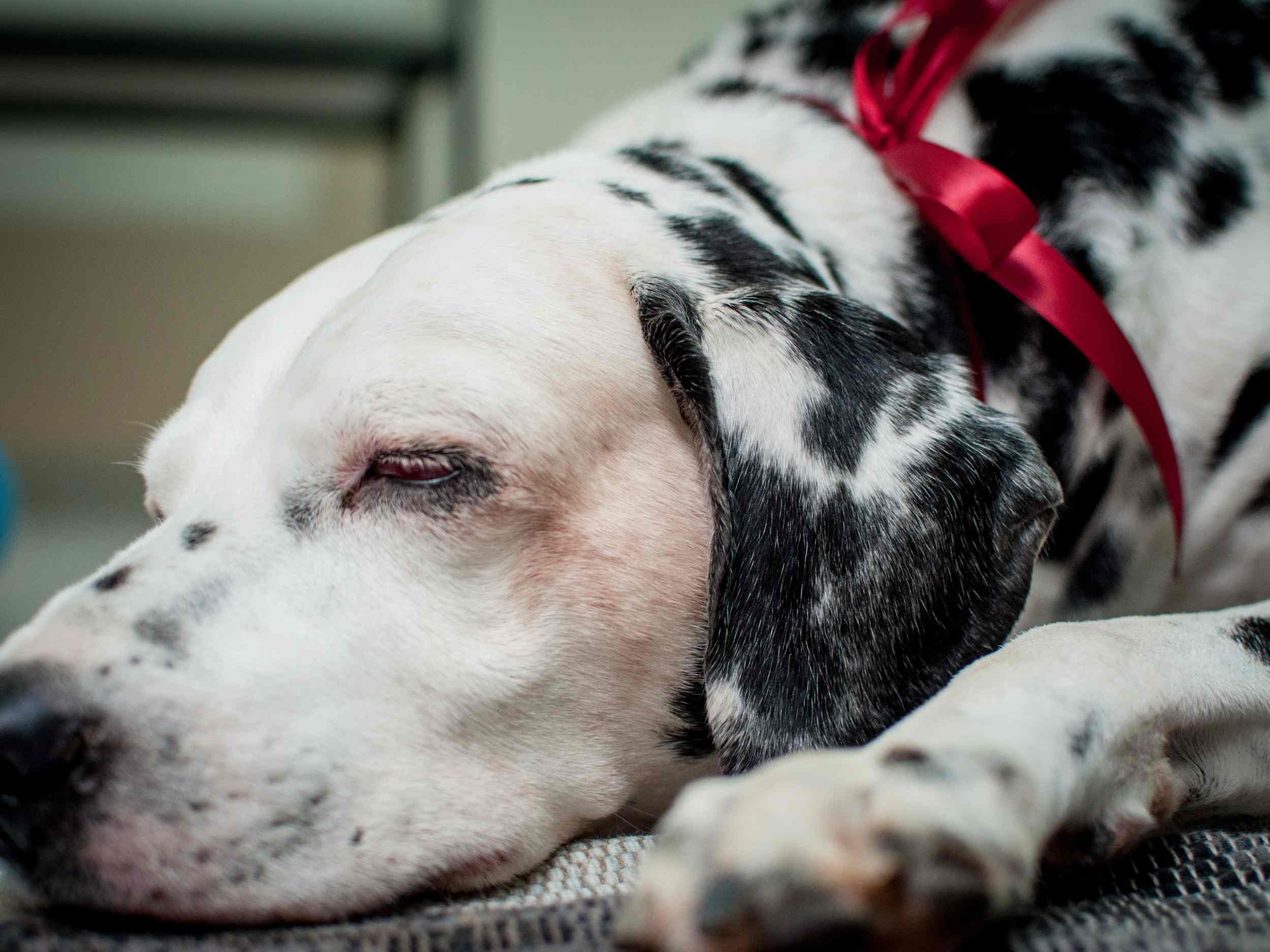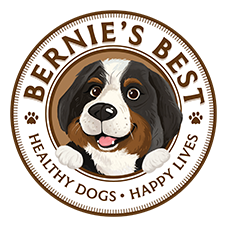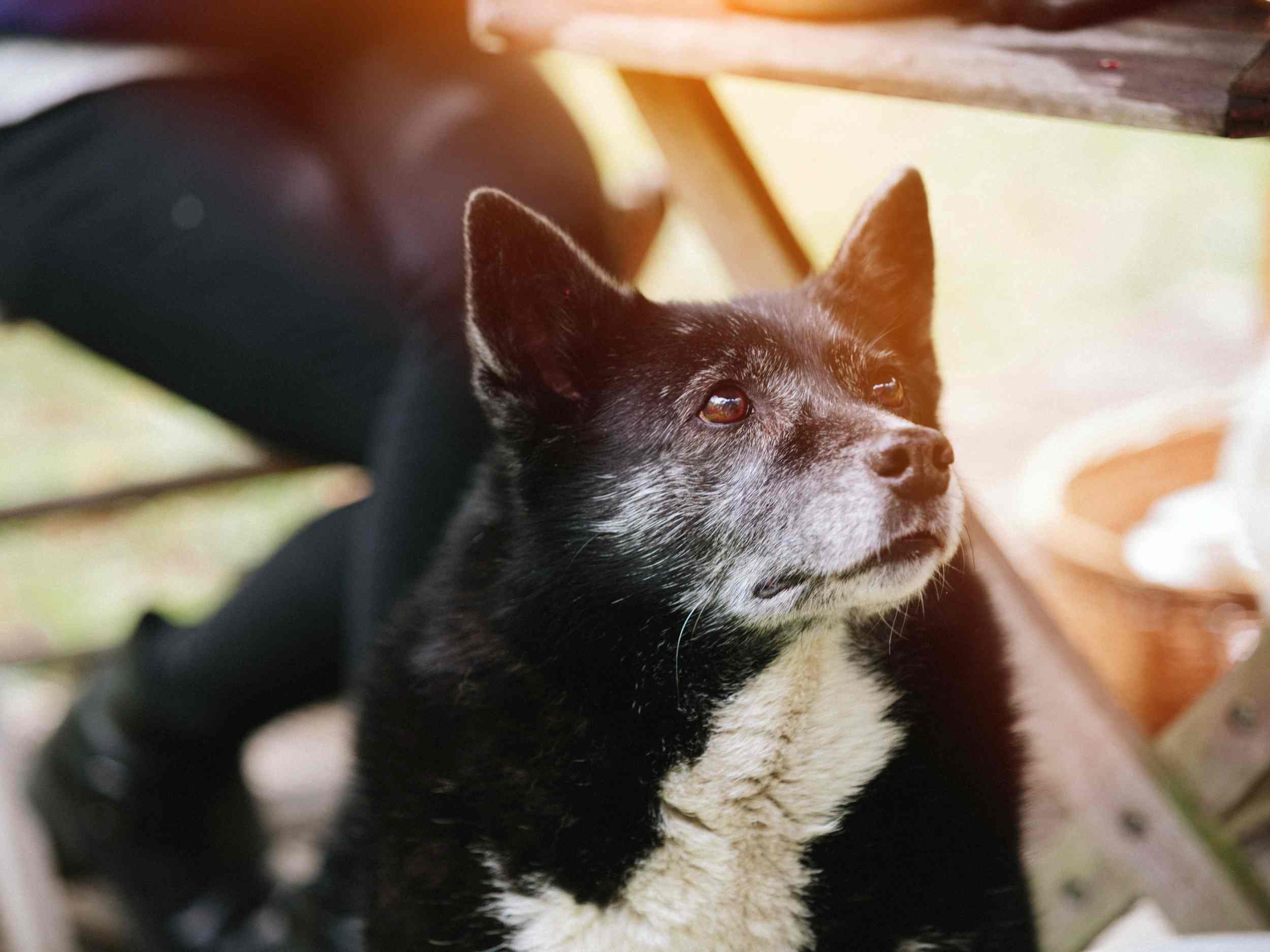As dogs enter their golden years, they often still have a zest for life that their aging bodies can’t always keep up with. Their joint health in senior dogs is really important because it affects their overall well-being and abilities. Knowing how we can best support senior dog joint health can make it easier for them to live their best lives, no matter their age.
A Senior Dog Is Still A Dog
Just as humans face challenges with aging, our dogs experience similar wear and tear on their joints, which can lead to discomfort and reduced mobility. However, while we can’t stop aging, we can certainly work on supporting the progression of joint deterioration due to age. With a blend of science-backed strategies and some TLC, we can significantly improve and extend the active lives of our best friends. Getting older doesn’t have to mean our dogs have to be sidelined. There ARE things we can do to help them thrive in their later years.
Senior Dog Joint Care: What’s Bothering Them?
As our dogs age, their joints often bear the brunt of years of activity, leading to joint-related issues that can impact their quality of life. Among the most prevalent conditions is canine osteoarthritis, a degenerative joint disease characterized by the breakdown of cartilage, the cushioning material that protects the ends of bones. This wear and tear on the joints can come from a lifetime of fetching, running, and jumping, as well as from obesity, injuries, and genetic predispositions.
Beyond osteoarthritis, senior dogs may also face other joint-related challenges, including hip dysplasia, a malformation of the hip joint that can lead to arthritis, and general stiffness and discomfort associated with aging. These conditions can significantly affect a dog’s mobility and, consequently, their overall well-being.
Signs And Symptoms Of Joint Problems In Dogs
Recognizing the signs and symptoms of joint problems early on can be vital if you want to manage these issues effectively. Some key indicators your dog may need joint support include:
- Limping or Favoring One Limb: Often one of the first signs of joint discomfort is limping, which can indicate that movement is causing pain.
- Difficulty Moving: Hesitation to climb stairs, jump, or engage in activities they once enjoyed can signal joint pain.
- Swelling or Warmth Around Joints: This can be a sign of inflammation within the joint.
- Lethargy: A general decrease in activity level may suggest your dog is experiencing discomfort.
- Changes in Behavior: Dogs in pain may become more irritable or withdrawn. They may seem lethargic or even unusually mischievous if they struggle with joint pain.
Early detection and intervention are key to managing these conditions. By understanding the signs of joint distress and seeking information on supporting their joints better, dog owners can explore treatment options, including lifestyle adjustments, nutritional support, and appropriate exercise. This can help manage symptoms and may slow the progression of joint diseases. This is how we can make sure that our senior dogs can continue to lead happy, active lives even as they get older.
How Can Omega Fatty Acids Help Joint Support In Dogs?
The science behind omega-3 fatty acids and their benefits for dogs, particularly those with joint issues, is strong. These essential fatty acids, primarily found in fish oil and other marine sources, can modify inflammatory and immune responses in dogs. This can directly impact senior dogs with joint health concerns, where inflammation is a key factor in discomfort and decreased mobility.
Long-chain omega-3 fatty acids, like eicosapentaenoic acid (EPA) and docosahexaenoic acid (DHA), are particularly helpful. They have been shown to help reduce inflammation and improve joint health, which can lead to increased mobility and a better quality of life for aging dogs. Research from Texas A&M University found that dietary omega-3 fatty acids affect skin and coat health, inflammatory responses, and neurologic development in puppies.
Besides fish oil supplements, omega-3s can be found in certain foods like cold-water fish (salmon, tuna), flaxseed, chia seeds, and walnuts. For dogs with arthritis, other natural supplements can be considered. These include turmeric, ginger, and green-lipped mussel extract, which have anti-inflammatory properties and have shown promise in easing arthritis symptoms.
Weight Management For Dog Joint Support
Maintaining a healthy weight and regular gentle exercise are crucial to managing arthritis in dogs, especially as they age.
Excess weight in dogs can increase joint stress, exacerbating pain and potentially accelerating the degenerative process. Keeping your dog at a healthy weight is one of the most effective ways to reduce joint strain and prevent further joint deterioration. A balanced diet tailored to your senior dog’s nutritional needs and controlled portion sizes can help manage weight effectively. Regular check-ins with a veterinarian to monitor your dog’s weight and adjust their diet as necessary can also be beneficial.
Exercise Tips For Senior Dog Joint Health
Exercise is crucial for maintaining joint mobility and muscle strength, but it must be appropriate for your dog’s age and condition. For senior dogs with joint issues, low-impact exercises are often recommended:
- Short, Frequent Walks: Instead of one long walk, several shorter walks can help maintain mobility without overworking the joints.
- Swimming: This excellent, low-impact exercise allows dogs to move freely without putting pressure on their joints.
- Gentle Play: Activities such as gentle tug-of-war or soft fetch can keep older dogs engaged and moving without high impact on their joints.
Remember, always warm up your dog with a slow walk to gently prepare their joints for exercise and cool down with a similar slow walk to relax the muscles.
Physical Therapy and Rehabilitative Exercises For Your Dog’s Joint Health
Physical therapy can be incredibly beneficial for senior dogs with joint health issues. A professional rehabilitation therapist can design a program tailored to your dog’s specific needs, which may include:
- Controlled Exercise Routines: These are designed to improve strength, range of motion, and endurance while minimizing joint stress.
- Massage: This can increase circulation, reduce muscle tension, and enhance overall well-being.
- Therapeutic Ultrasound: This can help reduce inflammation and pain, and promote tissue healing.
- Hydrotherapy: Underwater treadmills allow dogs to exercise without bearing their full weight, reducing joint stress.
At-home exercises can also be part of your dog’s daily routine to support joint health:
- Passive Range-of-Motion (PROM) Exercises: Gently moving the dog’s limbs through their natural range of motion can help maintain joint flexibility.
- Balance Exercises: Using balance discs or cushions to encourage your dog to stand in a balanced position can strengthen core muscles and stabilize muscles around joints.
- Sit-to-Stand Exercises: Encouraging your dog to sit and then stand is a good way to work on strength in the hind limbs.
Before starting any new exercise regimen or physical therapy, we always recommend talking with a veterinarian or a certified canine rehabilitation therapist to ensure the safety and health of your senior dog. They can help you create a routine that’s just right for your dog’s individual health profile and abilities, allowing for a happier and more comfortable life for your aging pet.
Emotional Support For Senior Dog Joint Health
It can be hard for senior dogs to age. It’s hard on us as we watch the frosty muzzles come about, but at least we understand they’re aging. Dogs aren’t as sure why they can’t do what they used to, so emotional support can go a long way when you’re thinking about their joint health. Some suggestions to help include:
- Consistent Routine: Senior dogs find comfort in a predictable routine. Maintaining regular times for meals, walks, and rest can help them feel secure and relaxed.
- Affection and Attention: Regular, gentle affection and quiet time together can reassure an aging dog of their place in the family and help alleviate stress or anxiety.
- Mental Stimulation: Keeping a senior dog’s mind active is just as important as caring for their physical needs. Puzzle toys and slow-paced games can provide mental stimulation without placing undue stress on their joints.
- Socialization: If your senior dog enjoys the company of other dogs or people, continue to provide opportunities for social interaction to keep their spirits up.
- Comfortable Living Space: Ensure your dog has a quiet, easily accessible place to retreat away from noisy areas or high-traffic parts of the home. Sometimes, they just need to be away.
- Accessibility: Make modifications to your home to help your senior dog move around safely, such as non-slip flooring, ramps, or steps to help them reach their favorite spots.
- Climate Control: Older dogs may have difficulty regulating their body temperature. Providing a warm, cozy spot during cold weather and a cool, shaded area in hot conditions can keep them comfortable.
Keeping them mentally healthy is as important as physically healthy when it comes to getting older and dealing with joint function, so consider the following activities for mental and physical health:
- Low-Impact Exercise: Activities like leisurely walks or swimming can provide gentle exercise that’s easy on the joints while also offering mental stimulation.
- Interactive Play: Engage in interactive play sessions with toys that encourage gentle movement and mental engagement, like soft toys for gentle fetch or scent games where they search for treats.
- Training and Learning: Keep their minds sharp with short, positive reinforcement-based training sessions to learn new, low-impact tricks or commands.
- Sensory Enrichment: Introduce new smells or gentle sounds that can provide sensory stimulation without the need for as much physical exertion.
- Therapeutic Activities: Consider therapies such as water therapy or gentle massage, which can have both physical and emotional benefits for senior dogs.
Bernie’s Marvelous Mobility: Healthy Joints Are The Focus
As your dog gets older, their joints obviously age too. But there are many things we can do to support our dogs’ joints, and we can start even when they’re younger. That’s what was behind our mentality for Bernie’s Marvelous Mobility and Bernie’s Healthy Hips. We wanted to make sure that our dogs had all they needed to adapt to limitations that they needed to as they aged, and joint chews that had ingredients that the current research strongly supported were important.
Just like you, we’ve felt the tug at our hearts watching our Bernie navigate the challenges of joint issues and aging. And that’s why we couldn’t settle for just what was ‘popular’ to give dogs for their hips and joints. We wanted something more — something deeply rooted in science, something that would care for Bernie holistically, from the inside out.
The products we create aren’t just products; they’re ways to show our love for Bernie and for every senior dog out there who deserves to age with grace and dignity. We believe that getting older doesn’t have to be as painful. Our furry friends may not be able to tell us when they’re in pain, but we can certainly show them we understand anyway through the choices we make for their health.


